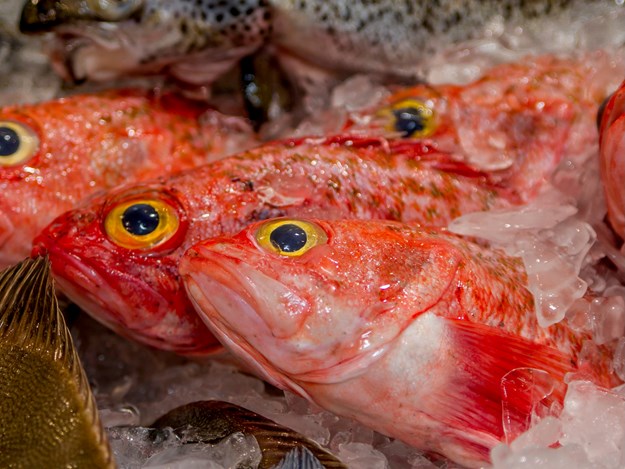A new report has thrown the entire management of the orange roughy fishery into doubt, according to the Deep Sea Conservation Coalition.
New government information about the deepwater fish orange roughy shows the fish may not reach full maturity until the age of 80.
“Orange roughy, a long-lived deepwater fish, grow and mature slowly, possibly too slowly to recover from the bottom trawl fishing industry that often specifically targets them when they come together to spawn around seamounts and features,” the coalition said.
The species has recently been found to live to over 230 years old.
The new information, in the Ministry of Primary Industry’s recently released “2022 Plenary report”, suggests that these fish don’t reach full spawning maturity until 80 – instead of the previously-assumed spawning age of 30.
“This flawed assumption that most orange roughy spawn regularly from the age of 30 means that until now, the spawning stock size has been overestimated across the fishery,” the coalition said.
“This year’s studies only looked in detail at the East Coast North Island population, concluding that the spawning population is only about half the size previously estimated. But it’s not just this area that is affected – future assessments of other fishing grounds are likely to find the same errors and over-estimations of orange roughy stocks.”
Karli Thomas, campaign coordinator with the Deep Sea Conservation Coalition, said the new information means that almost all the adult orange roughy spawning today were alive before the bottom trawl fishery started targeting them in the early 1980s.
“In fact, most of the fish caught since this fishery began were already swimming around in Aotearoa waters before the fishery itself existed,” she said.
The Plenary report also finds that spawning events are no longer happening at some of the major orange roughy spawning grounds, including “Strawberry Mountain” in the Ritchie Bank area off the East Coast North Island.
“This seamount was one where orange roughy gathered together in winter to spawn, but has been heavily targeted by bottom trawlers during the spawning season. No such spawning event has been detected in recent years, despite repeated surveys,” said Thomas.
Barry Weeber, of the Environment and Conservation Organisations (ECO), said there are also warning signs that orange roughy is in trouble in other areas.
“One of the main areas trawled near the Chatham Rise, Rekohu, has seen a huge drop in the catch rate from 25 tonnes per tow a decade ago to just over two tonnes per tow last season,” he said.
Greenpeace Aotearoa oceans campaigner Ellie Hooper said the more that is learned about orange roughy and the other species of the deep sea, the more it’s apparent how vulnerable they are to the effects of bottom trawling.
“If these fish are living to 200 and only reach maturity at 80, it’s pretty obvious why breeding groups of orange roughy have disappeared,” she said.
“It’s not magic, they’ve been bottom trawled into oblivion.”
“Sustainable” certification thrown into doubt
Thomas said the information also brings into question the “sustainable” certification the Marine Stewardship Council bestows on some of the New Zealand orange roughy stocks, a certification that is currently being assessed for renewal.
The New Zealand orange roughy industry relies heavily on this “sustainability” rating as an important marketing tool.
“Environmental groups have long-held concerns that the orange roughy fishery is far from sustainable,” Thomas said.
“This new information should close the case, and the MSC cannot re-issue the certification that expired earlier this month.
“It must listen to scientists, instead of just following the wishes of the bottom trawl fishing industry that wants to keep trading off a product endorsement this fishery does not deserves.”
Photography: Getty Images


